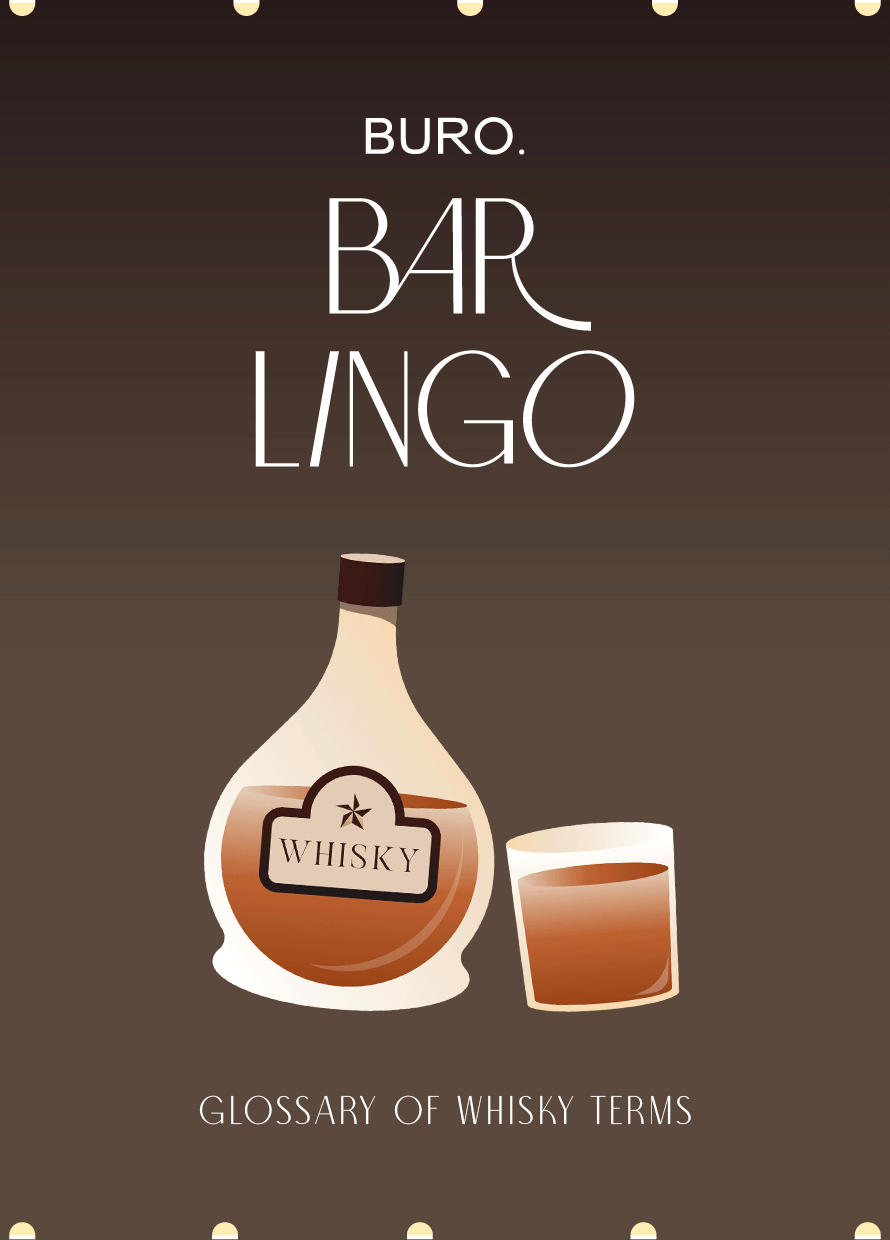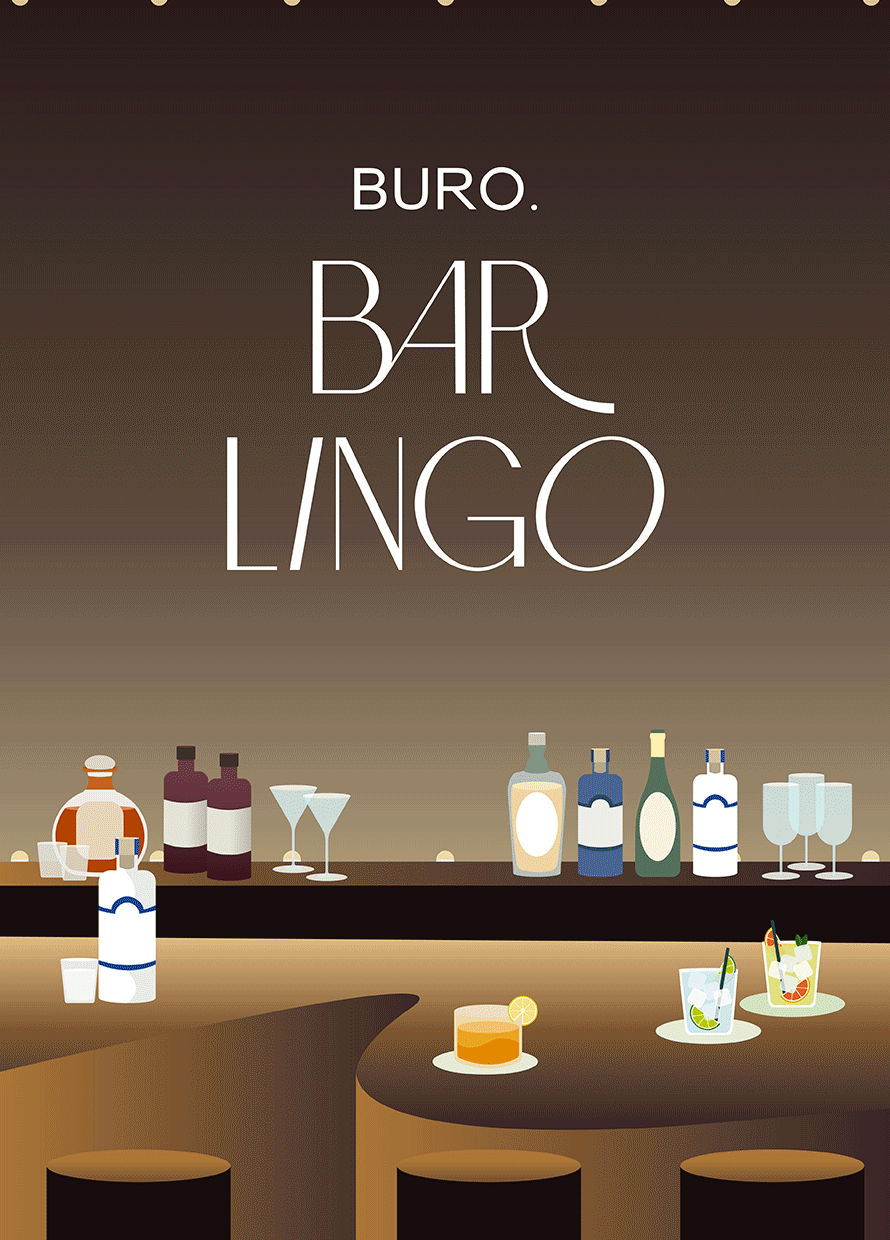BURO Bar Lingo: A beginner’s guide to the types of rum
All for rum, and rum for all
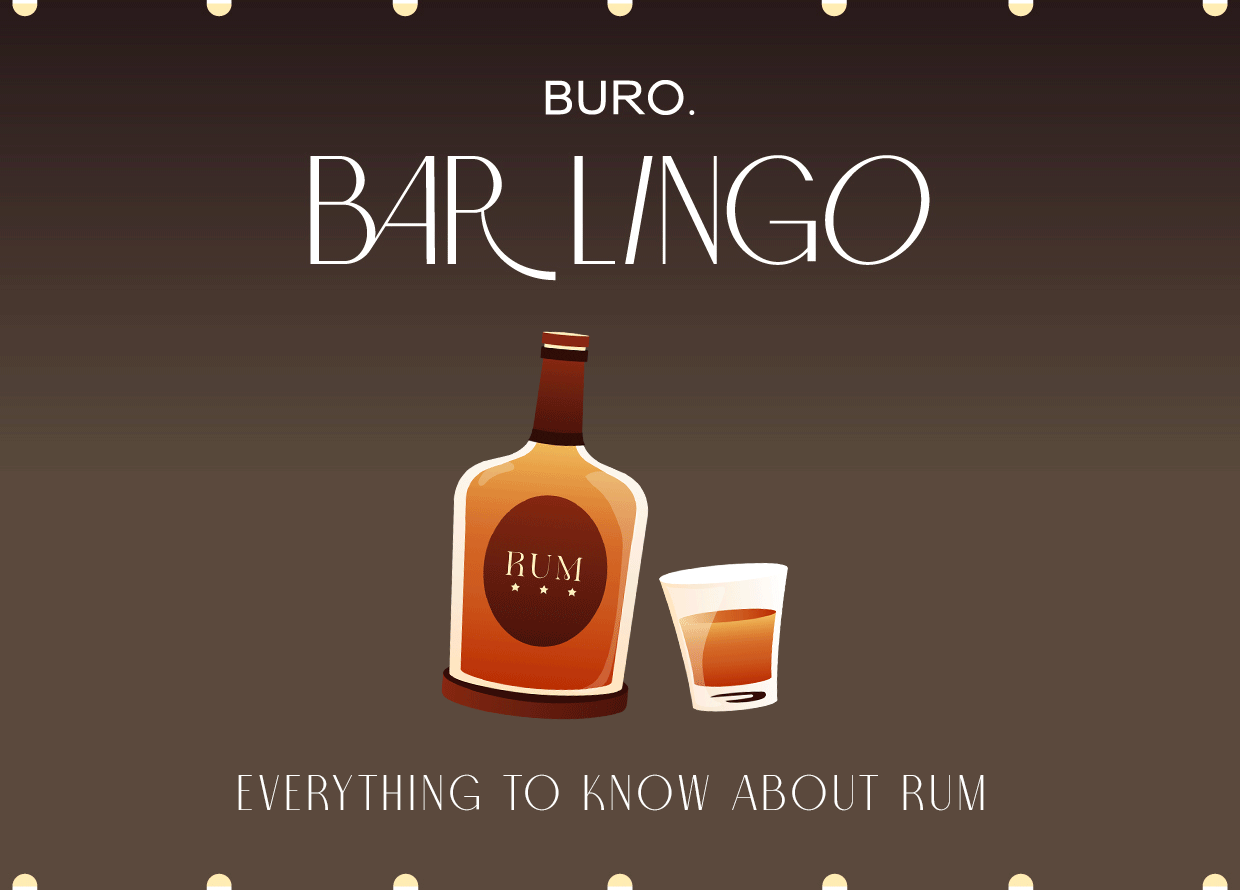
Speak of rum and you may think of pirates like Captain Jack Sparrow or a signature rum-based cocktail like mojito. But do you know how the spirit became widely known as the preferred beverage of pirates? Or what type of rum, exactly, is used in a mojito?
In this edition of BURO Bar Lingo, we’ve put together a beginner’s guide on the basics of rum, from its origin story to the types of rum in the market today. Read on to learn more about this underrated spirit.
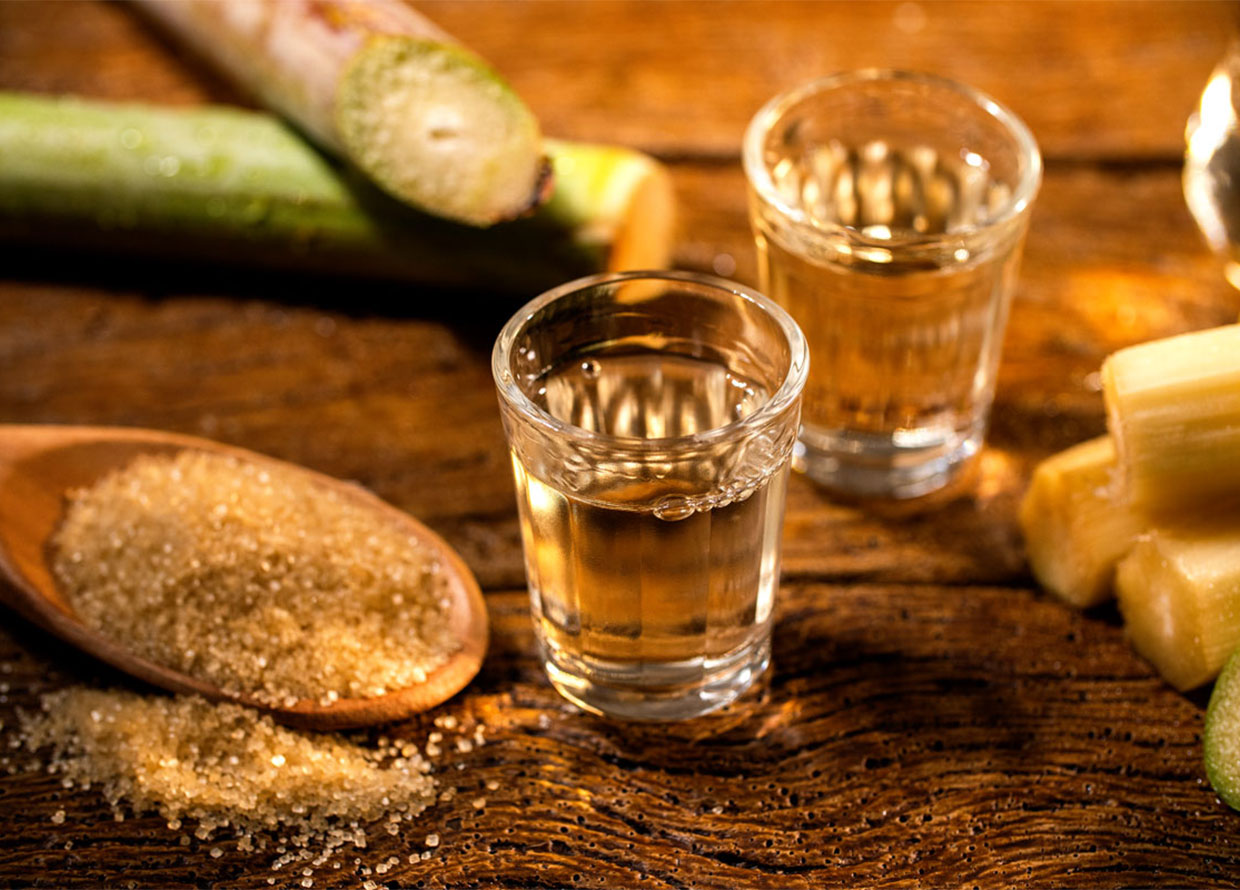
What is rum?
Rum is a type of spirit made from the fermentation of sugarcane juice, syrup or molasses. Unlike whisky or cognac, there are no specific regulations for rum. However, the spirit is typically bottled at a minimum of 40 per cent alcohol by volume (ABV).
Where did rum originate from?
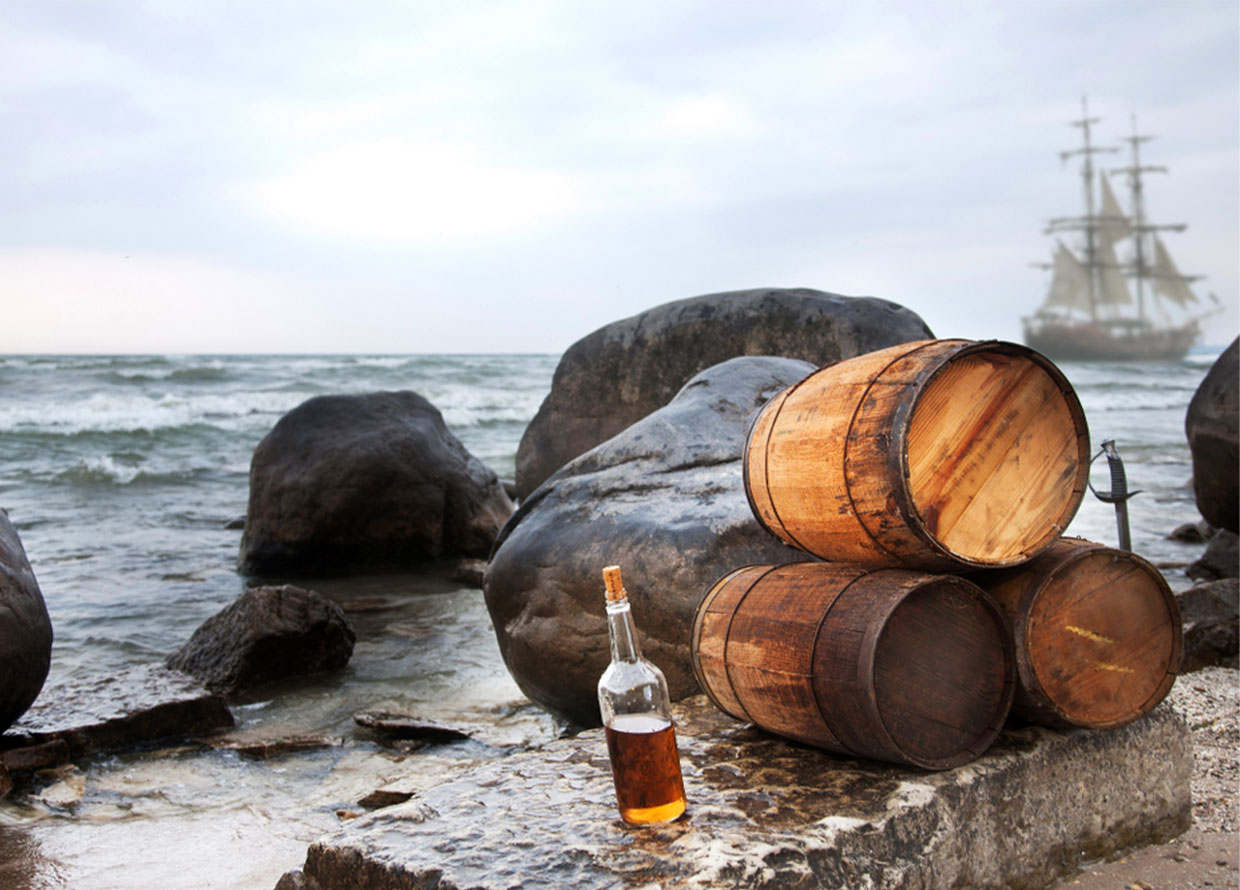
Many rum origin stories date back to the West Indies in the 1600s, when Barbados was discovered. The first rums were known on record as “kill devil” or rumbillon—and its history is as dark as it sounds. During that period, plantation slaves discovered that molasses—a byproduct from the sugar plantations that flourished on Barbados soil—could be fermented into alcohol. The distillation of this alcohol and removal of its impurities resulted in the first modern rums.
Given the cheaper production process and stronger effect of rum, it quickly became the beverage of choice for trading. Due to increasing demand, New Englanders resorted to trading slaves for molasses to make rum, then trading rum for more slaves to keep up with sugar production to make molasses. You get the picture.

As rum became a staple export, many of the ships attacked by pirates in those days would contain rum—ripe for the taking (or drinking). Besides, rum was safer to drink than water during the Golden Age of Piracy, when water would be contaminated with algae after being kept stagnant in barrels for long periods at sea. Thus, rum became the drink of choice for pirates and the navy alike.
How is rum made?
Today, rum production varies depending on locations and distillers. In general, rum starts with the harvesting of sugarcane, which is then fermented, distilled, and aged.
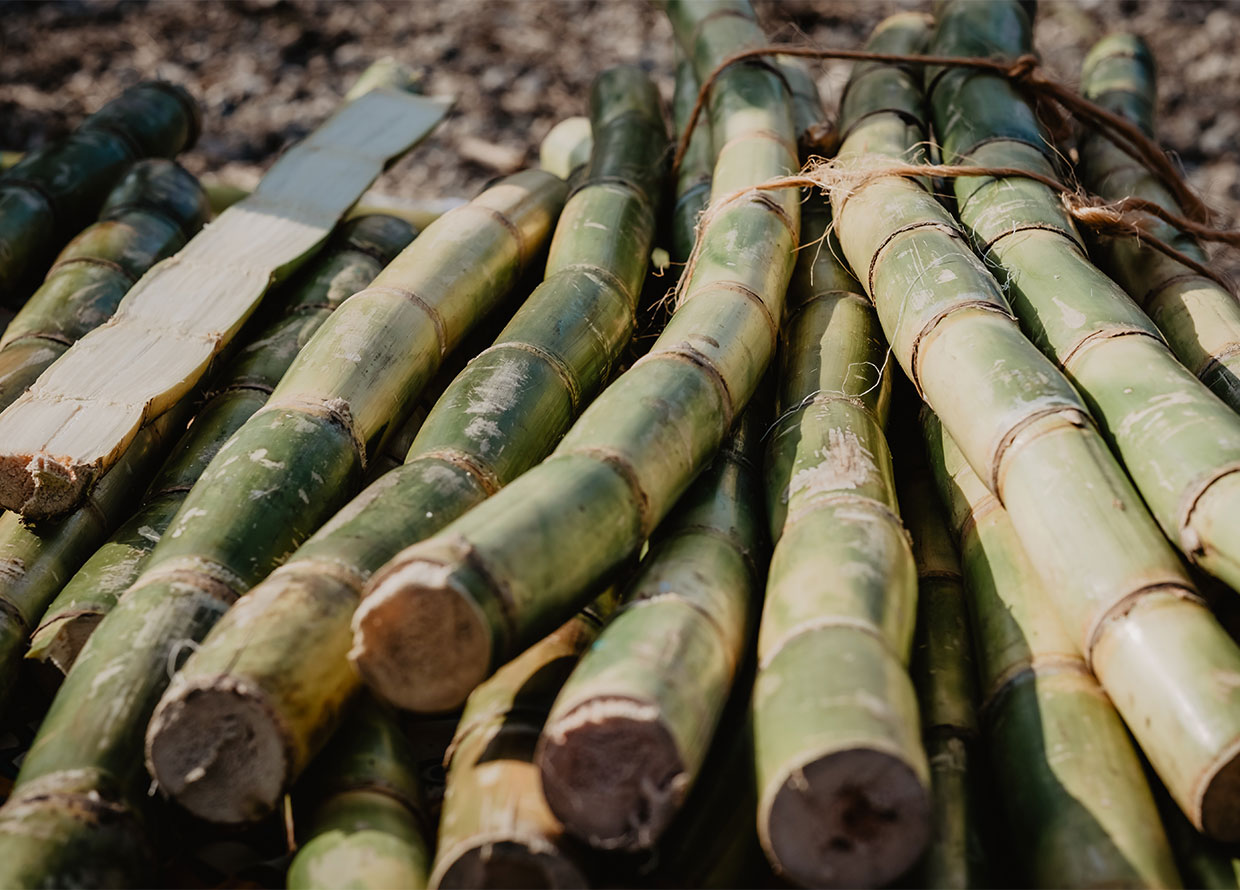
Harvesting: First, the sugarcane plant is harvested, cleaned, sliced into small lengths, and milled (pressed) to produce sugarcane juice. The sugarcane’s quality depends on the soil type and climate that it was grown in, which in turn, affects the rum’s quality.
Fermentation: Just like other alcoholic beverages, rum is fermented with yeast—traditionally in open vats. Depending on the strain of yeast used (some producers use wild yeast), the fermentation time may take longer and produce different amounts of esters and and congeners, which influences flavour.
Distillation: Since there are no regulations for rum, some producers distill the fermented sugarcane juice in small batches using pot stills, although column still distillation is more common. The former is said to produce fuller-tasting rums.
Ageing: Aged rum typically sits in bourbon casks for at least a year, but may also be stored in other types of wooden casks or stainless steel tanks. This process determines the colour of the rum—those aged in oak casks become darker in colour, whereas those aged in stainless steel tanks remain colourless.
Blending: After ageing, rum is usually blended to produce a consistent flavour. During blending, light rums may be filtered to remove any colour, whereas caramel may be added to dark rums to achieve the desired colour.
Types of rum
Due to the lack of regulations, rum is one of the hardest spirits to classify. One common method of classifying rum is by colour, but there can also be different characteristics and flavour profiles within each colour designation. Nevertheless, it’s the most widely accepted classification:
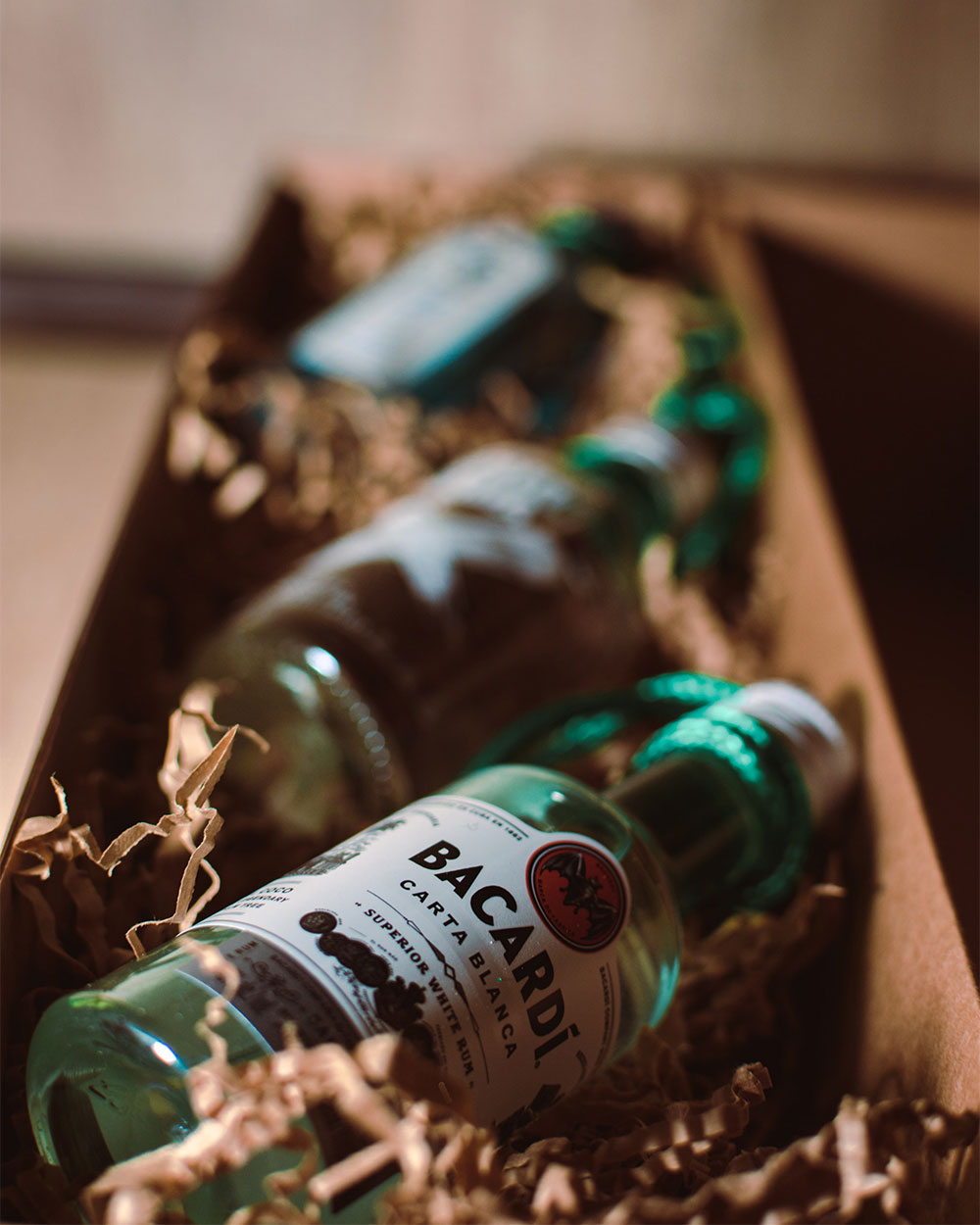
Light rum
Also known as white rum or silver rum, this style of rum may be aged in oak barrels and then filtered to remove colour or distilled in stainless still casks. Light rums are popularly used as mixers to make mojitos or pina colada rather than being consumed straight, due to their milder flavours.
Dark rum
As the name suggests, dark rums are distinguished by their colour—usually brown, black or red. They are typically made from caramelised sugar or molasses and are aged for many years in charred oak barrels, developing stronger flavours. Dark rums may also be used in cooking.
Aged/gold rum
Gold rums have a caramel hue and generally sit between light and dark rum in flavour and body. They are usually aged in oak barrels and are considered medium-bodied rum.
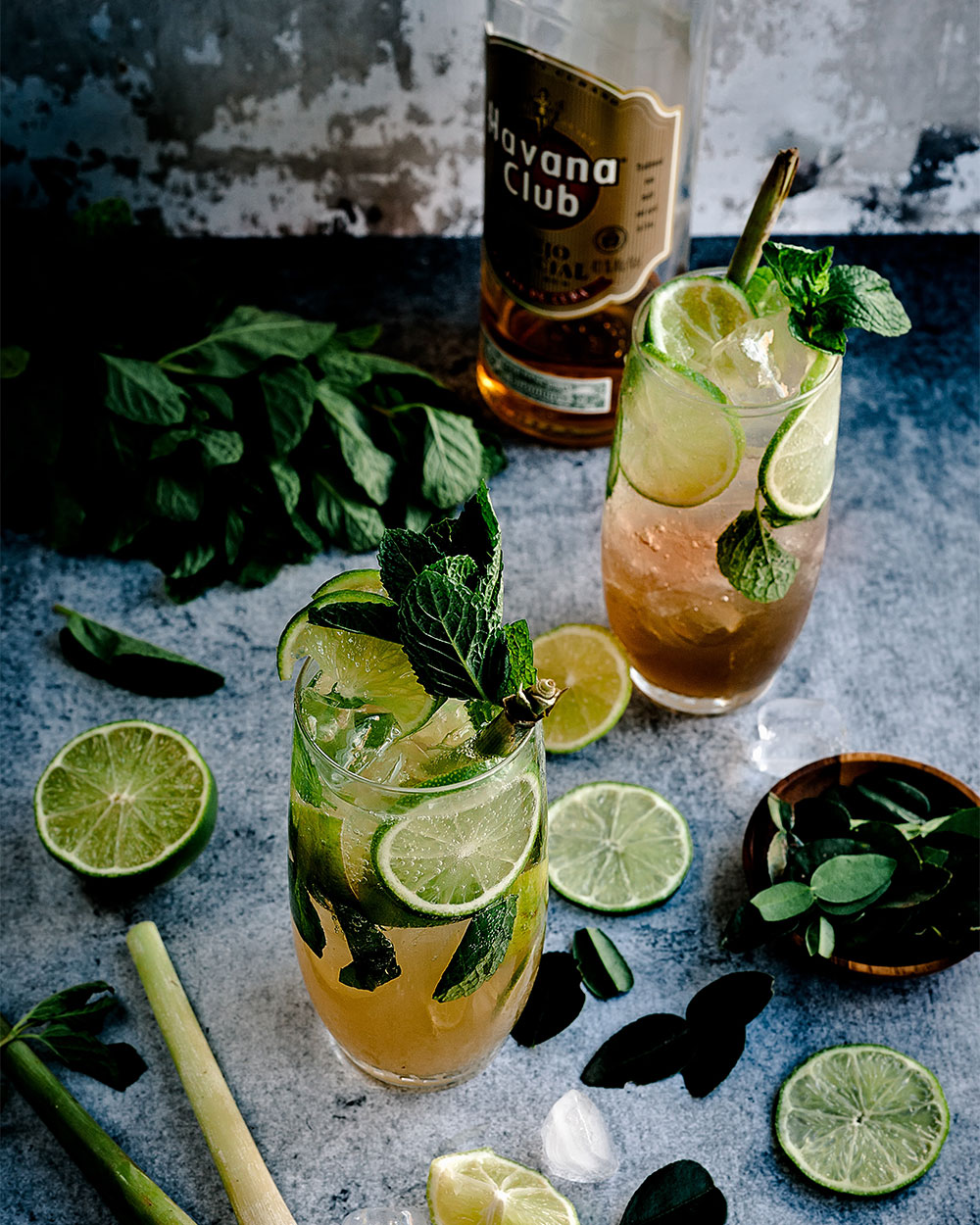
Spiced rum
Spiced rums are usually golden and flavoured with spices like cinnamon, cloves, pepper, aniseed, and cardamom. Some versions may be darker in colour from added caramel or molasses.
Flavoured rum
Similar to spiced rum, flavoured rum is infused with fruits such as banana, mango, orange, pineapple, coconut, or lime after fermentation and distillation. They are usually used in tropical drinks but may also be drunk neat or with ice.
Rhum agricole
Unlike other types of rum, rhum agricole is one type of rum that has strict regulations. It must be made from pure, fresh cane juice and distilled to 70 per cent ABV. Rhum agricole is only produced in the French Caribbean including Martinique, Haiti, Guadeloupe, Mauritius, Marie-Galante, and St. Barths.
Cachaça
Cachaça is another regulated rum that must be produced in Brazil and typically has a lower ABV than rhum agricole. It is also made from fresh-pressed sugarcane juice and is known for its sweeter flavours.
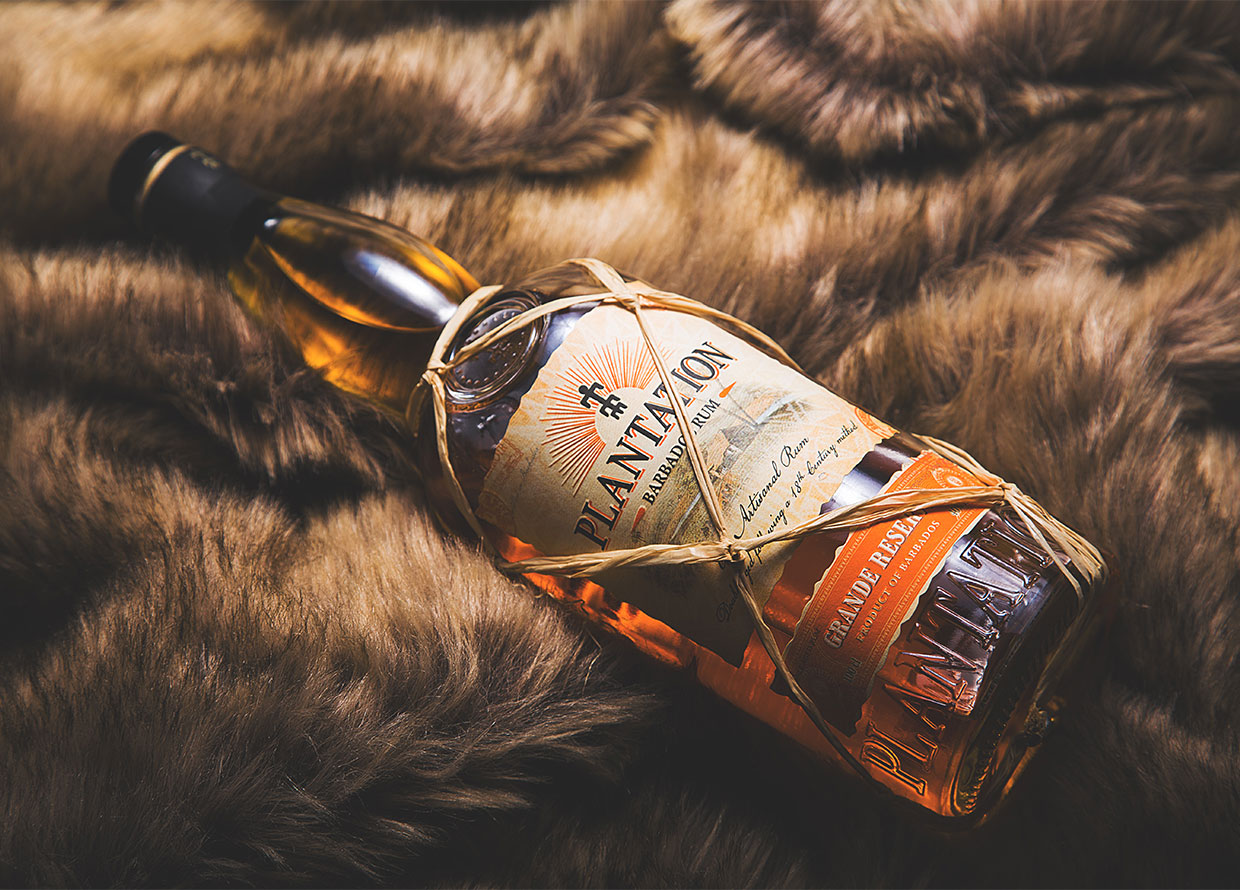
Premium rums
Just like scotch or cognac, there are also premium rums made for sipping. These are usually from boutique brands with careful production and ageing processes, resulting in more complex flavours that are best enjoyed straight.
For more BURO Bar Lingo stories, click here.
| SHARE THE STORY | |
| Explore More |


